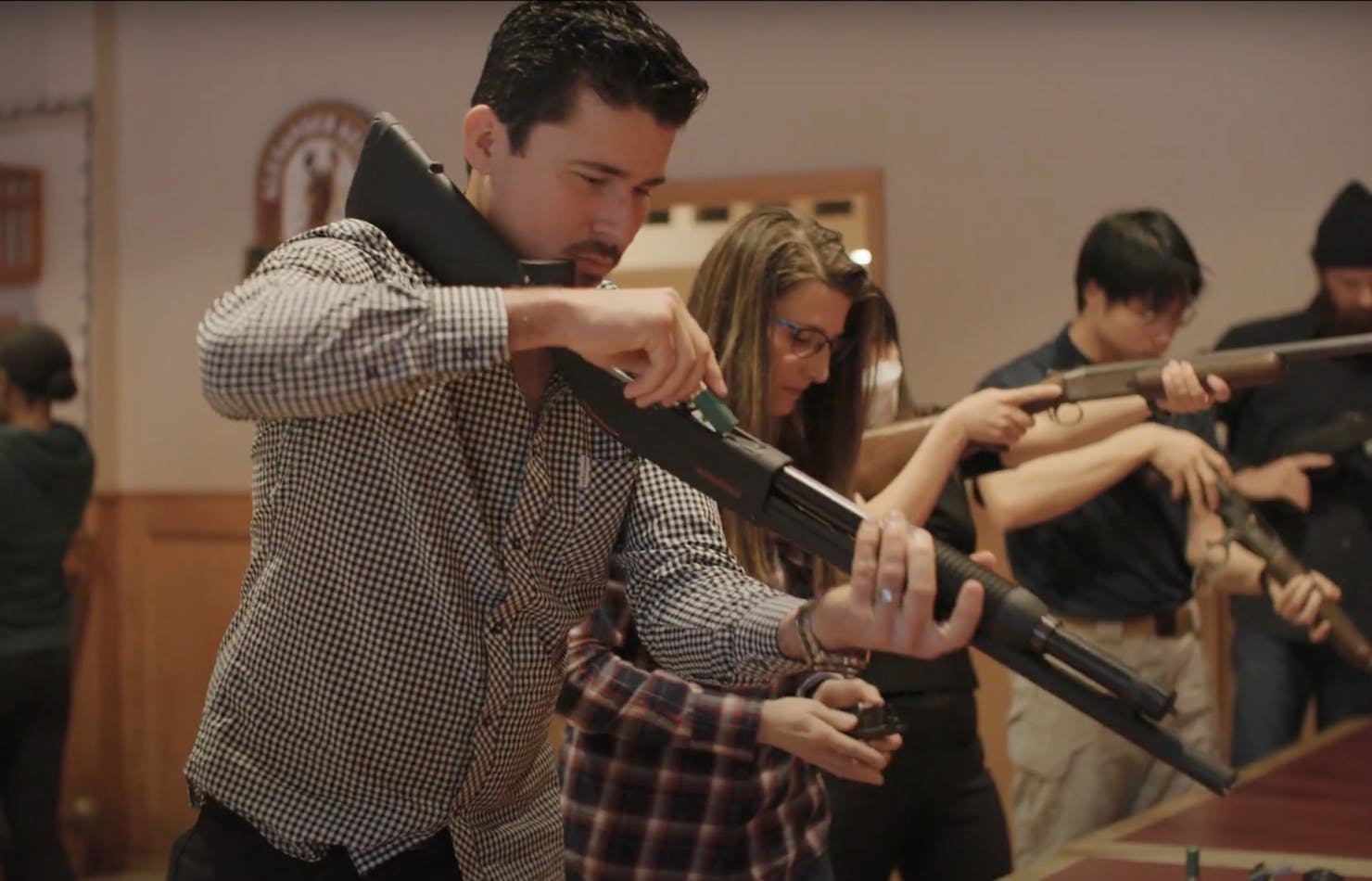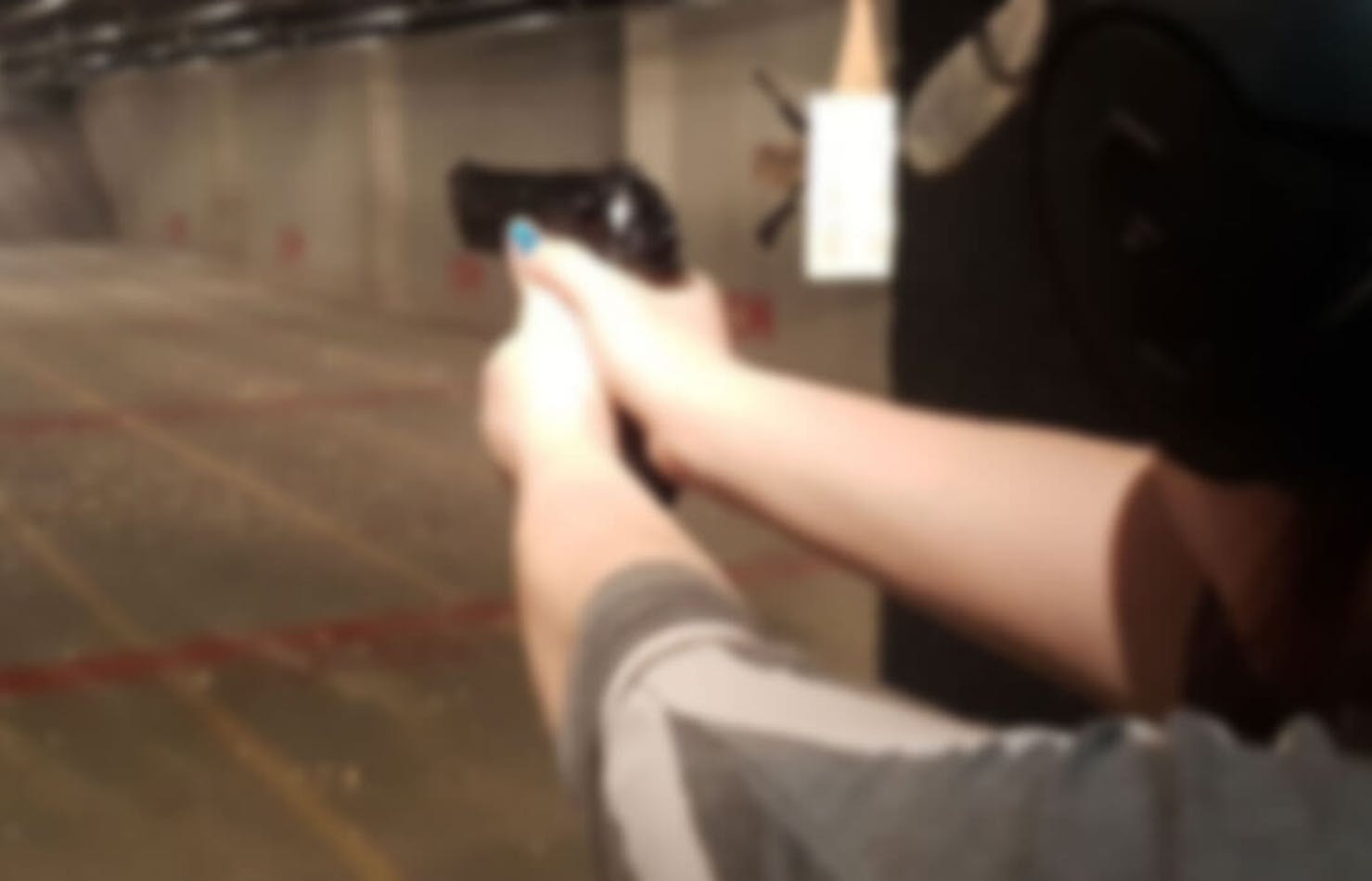
Non-Restricted and Restricted refer to the different classifications of firearms.
Are you new to the gun world? If so, then you’ve definitely heard the terms Non-Restricted and Restricted flying around. But what do those mean and what is the difference?
Well, Non-Restricted and Restricted refer to the different classifications of firearms. There are actually 3 different classes of firearms Non-Restricted, Restricted and Prohibited. But for the sake of this posting, we’ll only be going over the first 2.
Non-Restricted
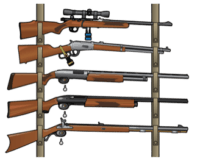
Non-Restricted firearms typically refer to long guns such as shotguns or rifles, but this is not always the case.
If a firearm is not Restricted, nor Prohibited, then it’s likely classified as Non-Restricted.
Sound confusing? Let’s discuss how a Restricted firearm is classified and things will make a bit more sense when it comes to how the Non-Restricted firearms are classified.
Restricted
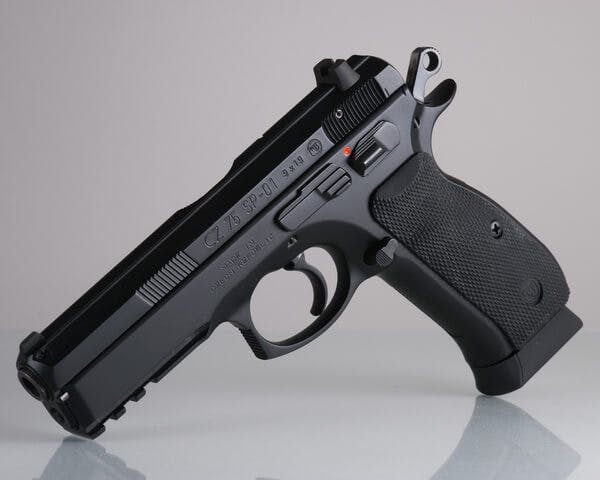
These firearms are typically handguns. As per the RCMP’s website on firearms classifications, a Restricted firearm is classified in thew following way:
- Handguns that are not prohibited firearms
- Firearms that:
undefinedundefinedundefined - Firearms designed or adapted to be fired when reduced to a length of less than 660 mm by folding, telescoping or otherwise
- Firearms of any other kind prescribed to be restricted firearms in the Regulations
Re-Classifying
Now let’s say you have a firearm which is Non-Restricted but you want to change the barrel. Well, if the barrel falls under the 470mm in length, then it would need to be reclassified as a Restricted firearm.
Want to learn more about Non-Restricted and Restricted firearms?
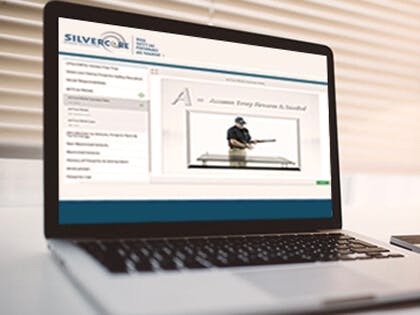
Silvercore’s Online Firearms Safety Course provides you with the ability to learn more about Non-Restricted and Restricted firearms – all from the comfort of your own home!
The Online Firearms Safety Course is a very in depth course which teaches about the evolution of firearms, major parts, types and actions, basic firearms safety practices, how to operate the different firearm actions, safe storage, display, transportation, ammunition, and much more.
You’ll have the opportunity to read content, watch videos, and even complete quizzes to test your knowledge.


